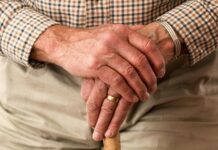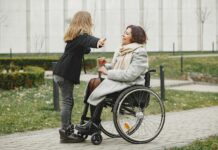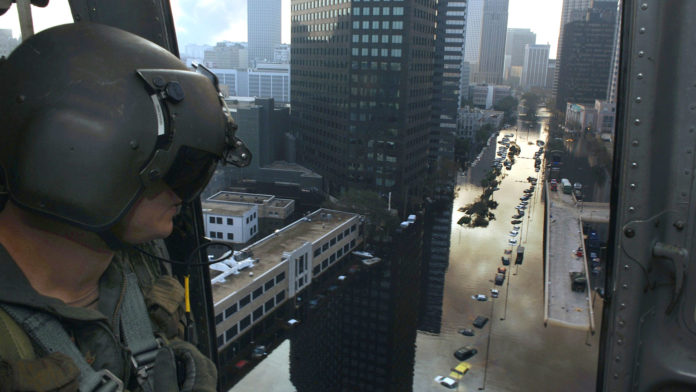Major natural disasters like Hurricane Harvey fill the headlines with harrowing search and rescue stories. These events remind us of the critical need for emergency communication lines.
On an average day, the risk of natural disasters at home can feel remote and unthreatening. But thankfully, Canadian researchers are preparing for future emergencies from the safety of calm days. Peter Anderson, director of the Telematics Research Lab at Simon Fraser University, builds resilient communications networks and warning systems all over the world.
During an emergency, phone and power lines are easily disrupted, and cell phone networks can quickly get overloaded with calls. Radio communications don’t do much better, with infrastructure that dates back to the 1930’s and limited digital capability compared to the speeds of dial-up modems.
In particular, coastal communities that might be hit by hurricanes or tsunamis present special challenges.
“A 900 km flight up [British Columbia]’s coast translates into over 26,000 km of intricately winding coastline,” said Anderson in a statement. “Given its remote channels and physical ruggedness, this is one of the toughest places in the world in which to communicate.”
Undeterred, Anderson is a pioneer and advocate for using the internet to facilitate emergency response. His Advanced Mobile Emergency Communications (AMECom) vehicle can rapidly deploy an emergency broadband LTE system virtually anywhere. Through satellites and existing internet infrastructure, an AMECom vehicle brings the resources that would allow first responders to connect to a dedicated broadband frequency using any standard smartphone.
To cut down on voice communications during emergencies, Anderson also developed the first email gateway to distribute the United Nations disaster situation reports and requests for aid. He also championed the first websites for provincial, federal and United Nations disaster programs.
By maintaining open lines of communication during emergencies, these systems save lives.








































